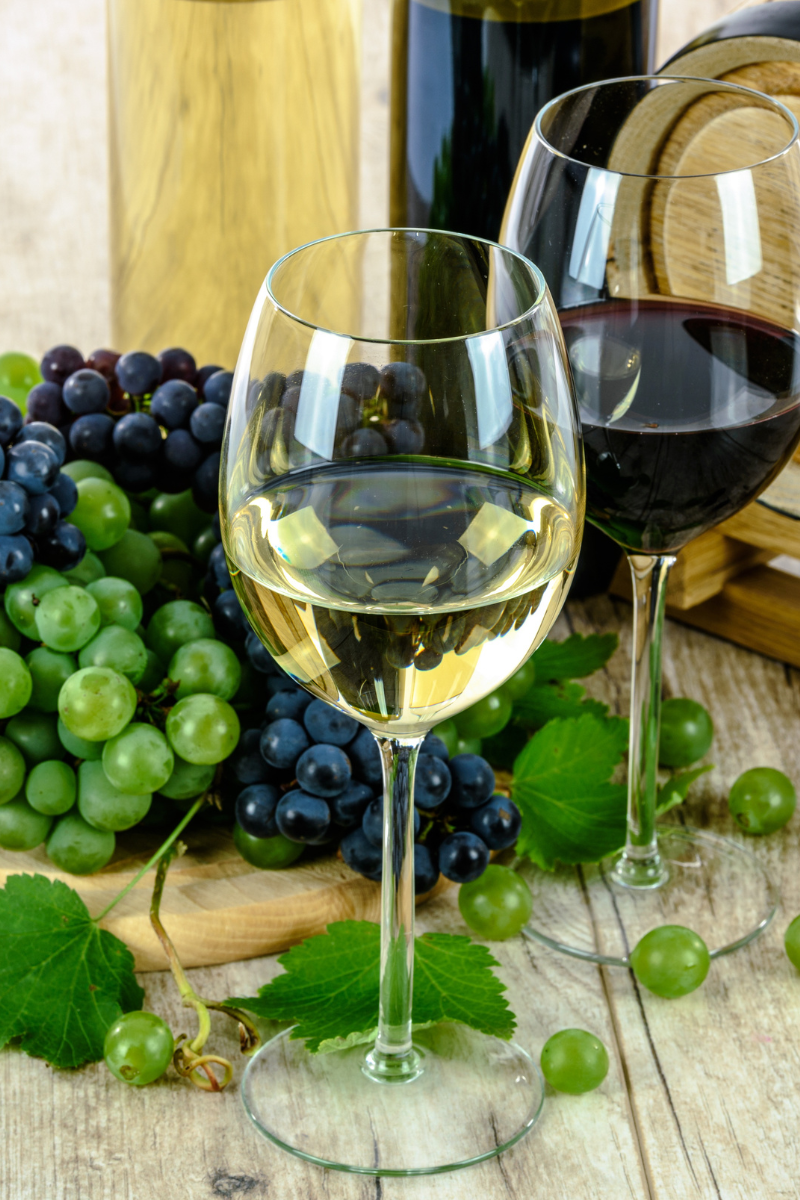Ever walked past a wall of wine bottles with names you can’t pronounce and styles you don’t get? You’re not alone. Wine can seem a bit mysterious, maybe even snobby, until you see how easy it gets when you sort it by style.
Each type of wine brings its flair and fun, from bold reds to bright bubbles. Once you crack the basics, you’ll know what to expect from every glass and can pick a bottle that matches your mood or dinner—no guesswork, no stuffy wine-speak. By the end, you’ll chat about wine with the best of them, or at least order with a lot more confidence. If you want extra tips for making the right pick, check out this guide to choosing the right wine.
Red Wines: Bold, Smooth, and Unexpected
Red wine is like your favorite cozy blanket—familiar, inviting, and a little daring when you want it to be. Whether you’re lounging in your fuzzy socks or setting the mood for pizza night, red wines bring the flavor and fun. What makes a wine “red,” really? It’s all about grape skins. When winemakers let those deep-colored skins soak with the juice, you get those famous tannins and that memorable kick of flavor. Body, tannins, and surprise notes (think cherries or campfire smoke) all play a part in how each red feels in your glass. And forget snobbery—reds should be easy to sip and easy to mix with your everyday bites.
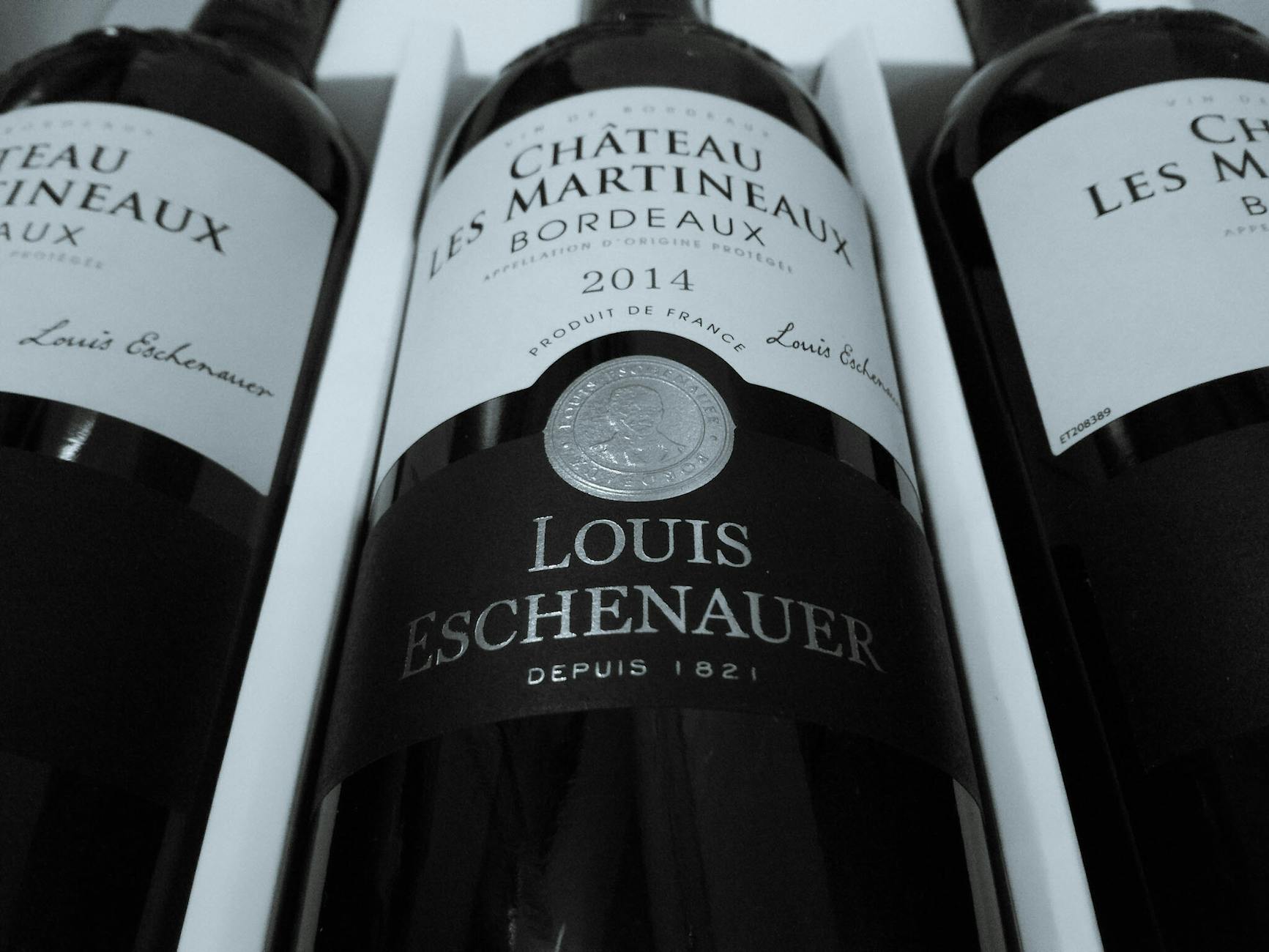
Classic Red Styles Made Simple
Red wines wear a lot of hats, each style offering its burst of personality. Here’s a quick no-nonsense rundown on the most popular types, so you don’t have to pretend you know what “full-bodied” means next time you’re pouring.
- Cabernet Sauvignon: The big boss of reds—rich, firm, with a strong backbone. Notes of blackcurrant, cedar, and a tiny pinch of green pepper make it perfect for steak or just acting fancy for fun.
- Merlot: Smooth-talker of the wine world. It’s plush, medium-bodied, with flavors like plum and chocolate. Flexible enough for a burger night or a movie marathon.
- Pinot Noir: The light and breezy type—kind of like that friend who can make a t-shirt look fancy. Tart cherry, raspberry, and earthy hints make this one refreshing and not at all heavy.
- Zinfandel: Wild child in the lineup. Bursting with blackberry, jammy fruit, and a little spice. It leaves your tongue tingling and goes great with anything BBQ.
- Syrah/Shiraz: Dark and moody, almost brooding. Flavor pops like blackberry, blueberry, and a whiff of pepper or smoked meat.
- Malbec: The crowd-pleaser, bold and plush. Think dark fruit, cocoa, and a juicy kick that matches well with grilled foods.
In the world of red, the difference between a Pinot Noir and a Cabernet is like the contrast between fuzzy slippers and steel-toed boots—each has its perfect use and audience.
Pairing Reds with Everyday Eats
Matching red wine with food shouldn’t be complicated (unless you really want it to be). These wine and food combos are easy enough for a weeknight but special enough to show off at a dinner party:
- Cabernet Sauvignon: Loves steak, blue cheeseburgers, or a portobello mushroom burger. It’s bold enough to keep up.
- Merlot: Say hello to roast chicken, meatloaf, or a classic Margherita pizza—Merlot won’t overpower.
- Pinot Noir: Roast salmon, grilled chicken, or mushroom risotto are superstars here. Pinot keeps things light and fresh.
- Zinfandel: BBQ ribs, spicy sausage, or a loaded meat-lover’s pizza fit Zin’s jammy attitude.
- Syrah/Shiraz: Think grilled lamb, spicy chili, or smoky barbecue—for those wild flavors.
- Malbec: Pair it with a juicy burger, carne asada tacos, or smoky grilled eggplant.
For more pairings—even the tricky ones—bookmark the Food and Wine Pairing Guide. It’ll help you match any bottle to your snack, supper, or midnight treat, without ever breaking a sweat.
White Wines: Crisp, Fruity, and No-Fuss
White wine is like flipping on the sunshine switch—it’s bright, lively, and guaranteed to perk up any moment. If red wine is your favorite blanket, white is your go-to lemonade on a summer porch. What makes whites so magnetic? Their chill personality and zingy flavors fit almost any mood, whether you want to unwind with a crisp glass solo or toast over a long lunch with friends. With flavors that bounce from pear and peach to zesty lemon and fresh-cut grass, white wines make every sip feel easy. These are wines for when you want flavor minus the fuss.
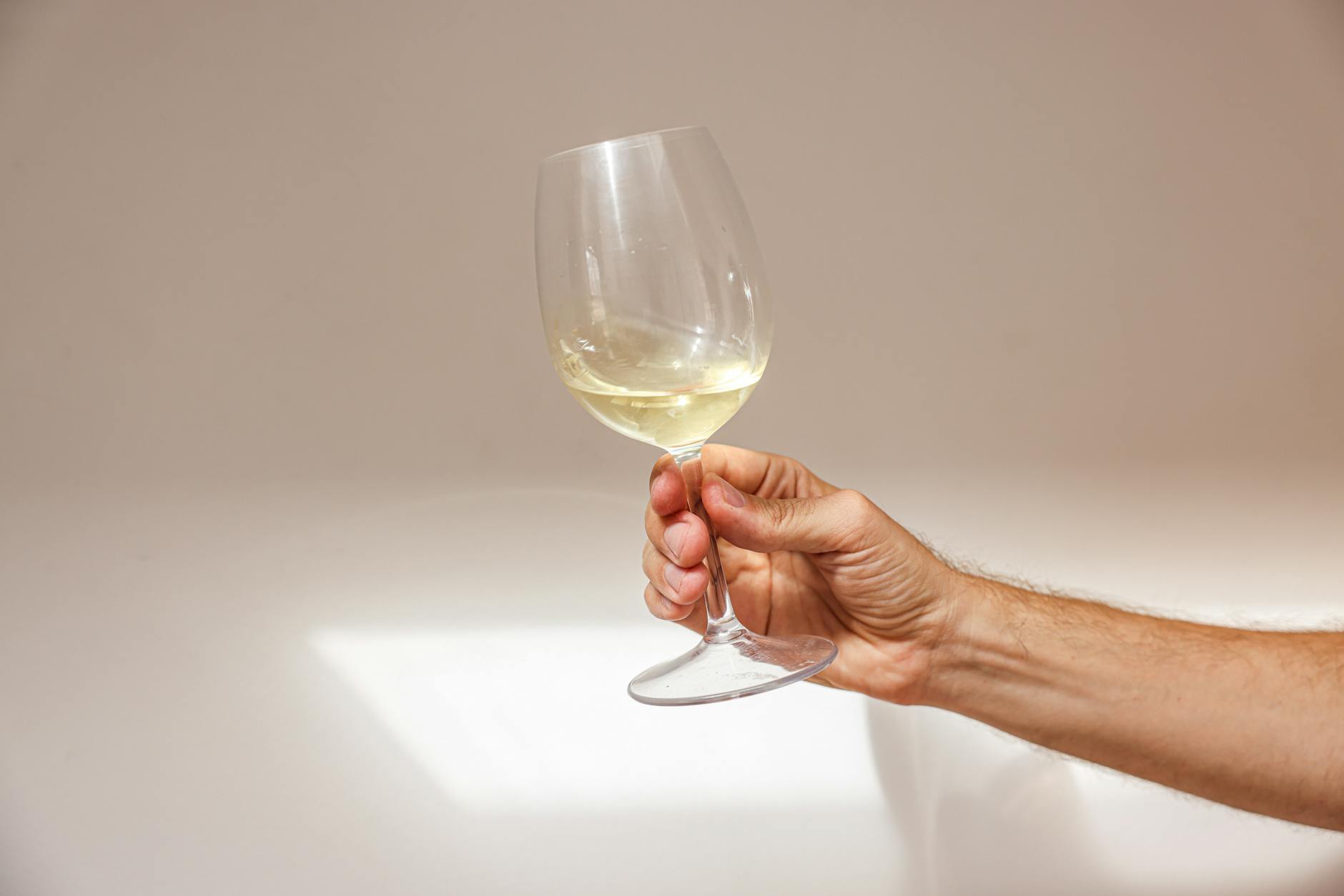
White Wine Styles for Every Mood
White wines come in all moods and attitudes—playful, sophisticated, or sweet-tooth friendly. Here’s your breezy guide to the white grape lineup that never lets you down:
- Sauvignon Blanc: Imagine a lemon, a lime, and a green apple had a pool party—this is what they’d taste like. Dry, fresh, and bursting with citrus, it thrives with zippy energy that’s perfect for picnics, salads, or just unwinding after a long day.
- Chardonnay: The “choose your own adventure” wine. Some are oaky, buttery, and lush like a rich dessert; others are crisp, clean, and full of apple or ripe melon flavors. Whether you love cream or crave fresh, there’s a Chardonnay for your vibe.
- Pinot Grigio (or Pinot Gris): Light, subtle, and easy to please, this one is all about clean lines and gentle fruits. Think pear and soft peach, like an afternoon breeze through your glass.
- Riesling: The fun and flexible friend. Riesling can swing from super dry to sweet, but always keeps things lively with flavors like green apple, peach, and sometimes a whiff of honeysuckle. It refreshes your palate and pairs with just about everything.
- Moscato: The charmer for those with a sweet spot—light, spritzy, and filled with orange blossoms and apricot. Serve it chilled for gatherings or when you want something fuss-free and flirty.
For a deeper look at popular white wine types and where they each shine, check out this helpful Basic Guide to White Wine.
Easy White Wine Pairings
Matching white wine with food doesn’t need charts or chef hats—just a sense of fun and a taste for easy wins. Whites love foods with crisp, clean, or creamy character. Here are tips that anyone can use:
- Sauvignon Blanc teams up with goat cheese, chopped salads, or anything dressed in citrus vinaigrette. It’s like a fresh squeeze of lemon for your meal.
- Chardonnay finds its groove with roast chicken, lobster with butter, or even a rich mac and cheese. Oaked versions handle creamy sauces in stride, while unoaked types lean into grilled shrimp or turkey.
- Pinot Grigio pairs easily with light pasta, shrimp tacos, or anything herby and bright. Keep it close when you want a wine that plays well with a range of nibbles.
- Riesling gets along with spicy Asian foods, pork chops with apples, or sushi. Off-dry styles cool down heat and balance tangy dishes.
- Moscato loves fruit tarts, lemon bars, or brunch treats with a sweet note.
For more on food and wine, see these winning white wine food pairing tips that make it all feel like a breeze.
Still unsure where to start? Check out our complete guide on Choosing the Perfect Wine for even more ideas that work for everyday wins or big celebrations alike.
White wines don’t try too hard—they show up with flavor, freshness, and a let’s-have-fun attitude. No wonder they’re the go-to for so many, no matter where or what you’re sipping with.
Sparkling Wines: Bubble Up Your Day
Sparkling wine isn’t just for special occasions, but let’s be honest, nothing says celebration like that fizzy pop. When you crack open a bottle of bubbles, you unleash instant joy. Whether you want something crisp and dry, light and fruity, or gently sweet, sparkling wines are the universal jump-start for any get-together (or random Tuesday).
Popular Bubbly Varieties: List sparkling wine types with punchy, bright descriptions. Mix visual cues and lighthearted metaphors.
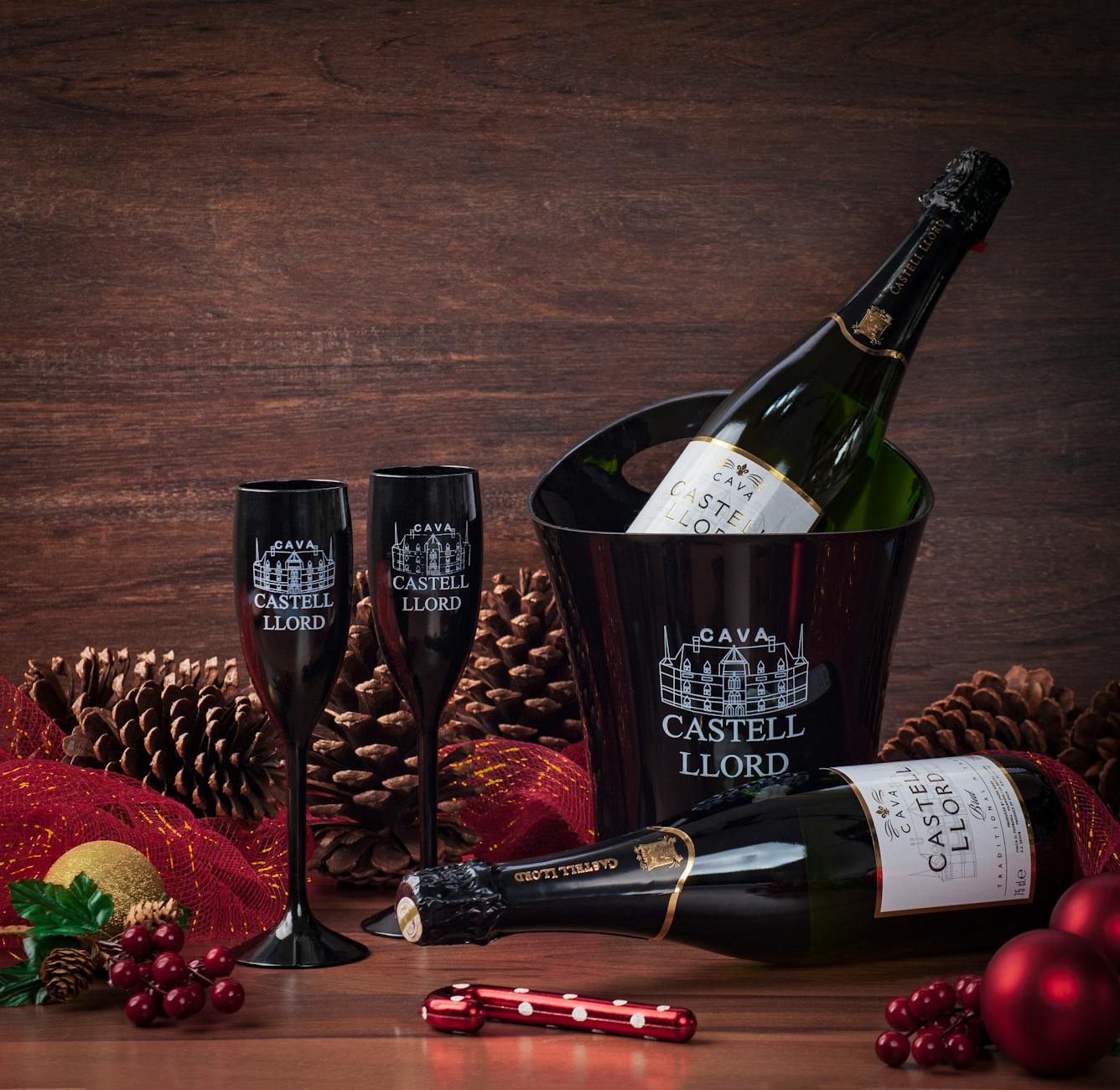
Navigating the sparkling aisle is like strolling through a party; every bottle brings its own kind of fun. Here are the bubbly MVPs you’ll spot everywhere:
- Champagne: The tuxedo at the party. Made in France’s Champagne region, this classic offers razor-fine bubbles and flavors from golden apple to toasted brioche. Each sip sparkles like New Year’s Eve confetti, and the tiny bubbles last well after you pour.
- Prosecco: The sunshine in a flute. Italy’s most loved sparkler explodes with juicy pear, melon, and a hint of sweetness. Its bubbles float up fast, light, and fun—kind of like you just stepped into a backyard brunch.
- Cava: The life of the fiesta. Spain’s answer to sparkling is earthy, dry, and zesty. If Champagne is sophisticated city life, Cava’s the cheerful friend showing up to the dance floor in bright sneakers.
- Crémant: The French cousin who doesn’t need to show off. It offers Champagne vibes without the extra cost—look for creamy, crisp flavors and a steady fizz.
- American Sparkling: The wild card in the deck. California, Oregon, and beyond now turn out bubbles with flavors from lemon curd to fresh strawberries—these winemakers know how to keep things playful.
Each bottle has its own sparkling personality. For more ways to compare the big three, dive into this fun breakdown of the differences between Champagne, Prosecco, Cava, and other sparkling wines.
Reading Sparkling Wine Labels: Give readers simple tricks for identifying sweetness on sparkling wine labels.
All sparkling wine bottles look pretty fancy, but reading their labels doesn’t have to be a riddle. The secret to picking your perfect glass is learning one simple code: the sweetness scale. Here’s a quick cheat sheet to pop the mystery on those confusing words:
| Label Word | What It Means | Sweetness Level |
| Brut Nature/Zero | Bone dry, barely any sugar | Super crisp, not sweet |
| Extra Brut | Very dry | Crisp, barely sweet |
| Brut | Classic “dry” bubbles | Most popular, food-friendly |
| Extra Dry | A hint of sweetness | Think off-dry, not sugary |
| Dry/Sec | Noticeably sweet | For those with a sweet tooth |
| Demi-Sec | Dessert on the tongue | Great with cake |
| Doux | Sweeter than your grandma’s cookies | Dessert wine level |
Most everyday sparklers are labeled “Brut” (dry and lively), but “Extra Dry” is less dry, with a touch of ripe fruit on the finish. If you spot “Demi-Sec,” get ready for a treat with dessert or brunch.
To learn the tricks to decoding all those other puzzling wine labels, check out Understanding Wine Labels Explained.
Need more insider tips about sparkling wine sweetness? Take a peek at this bubbly straight talk on How To Interpret Sparkling Wine Sweetness Levels.
The best thing about sparkling wine? Every glass brings a bit of celebration right to your fingertips, whatever the day.
Dessert Wines: Sweet Treats with a Twist
Dessert wines are the sweet finale your taste buds never knew they needed. These bottles pack rich, dreamy flavors that turn a simple treat into something unforgettable. Unlike your everyday table wine, dessert wines are all about concentrated sweetness, luscious textures, and high-impact aromas. While they’re famous for finishing off a meal, their talents stretch from elevating cheese boards to starring in cozy nights by the fire. Even if you don’t have a sweet tooth, one sip might change your tune.
Types of Dessert Wines and How to Enjoy Them
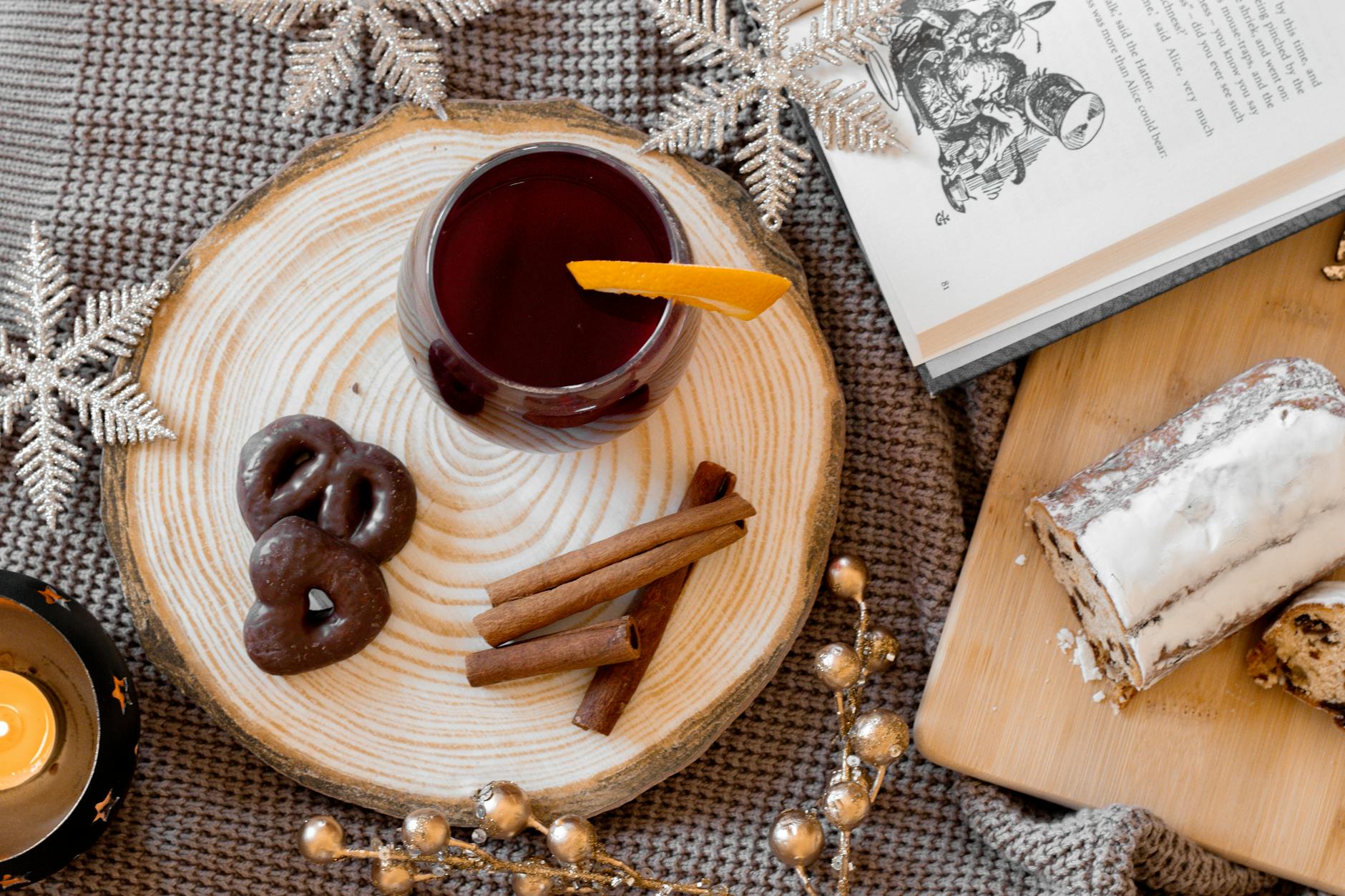
The dessert wine family is a sweet, quirky bunch—each with its own way of dazzling your senses. Here’s a guide to three beloved types, plus easy ways to savor them at home:
- Port: Think velvet in a glass—Port is deep, bold, and often tastes like dark cherries, chocolate, or dried fruit. This fortified wine from Portugal is a classic choice for cooler nights or after dinner. For a quick win, pair Port with a chunk of blue cheese or dark chocolate. The sweet-and-salty combo is pure magic.
- Sauternes: Straight out of France, Sauternes is like honey drizzled over fresh apricots. These wines are sweet, but balanced by bright acidity that keeps every sip lively. Bring Sauternes to a cheeseboard (especially with sharp cheddar or Roquefort) or serve alongside fresh fruit tarts for a dreamy match.
- Moscato: Lively and spritzy, Moscato brings notes of peach, orange blossom, and a hint of fizz. This is the go-to for brunches, picnics, or those afternoons that need a little sparkle. Try pouring Moscato with strawberries and whipped cream, or sip it alongside lemon bars for a playful finish.
Most dessert wines shine brightest when served slightly chilled (not ice-cold), which takes the edge off their sweetness and lets their flavors sing. If you’re curious about the full lineup, from rich Sherry to sparkling Asti, check out the 5 Main Types of Dessert Wine for more tasting adventures.
Pairing dessert wines is easy when you know their best tricks. If you already have a favorite wine style but want more guidance on picking the right bottle, don’t miss our Choosing the Right Wine Guide. Dessert wines can totally surprise you, even if you usually skip sweets.
Looking for more beginner tips on food and wine matchups? The experts share key basics in Food and Wine Pairing Basics (Start Here!), making every glass and bite count.
Dessert wines make any evening feel special, whether you’re celebrating or just kicking back after a long day. Who says you have to wait for dessert to indulge?
Quick Tips for Buying and Enjoying Any Style
Wine shopping and tasting should feel like a tiny adventure—fun, a little mysterious, never intimidating. Here, you’ll find punchy pointers that make grabbing a bottle and sipping it at home as simple as scrolling your favorite playlist. Whether you love bold reds, zippy whites, or sweet bubbles, these tips promise a little boost of confidence and a lot more fun.
Decoding Wine Labels for Style Clues

The wine aisle can look like it speaks a secret language. But a quick glance at the label is usually all you need to spot important style clues—no need for wine school. Here’s how to read wine labels (and sound like a pro):
- Look for the grape or blend. Most labels name the main grape (Cabernet Sauvignon, Chardonnay, etc.). This tells you a lot about the flavor and body.
- Check the region. California, Burgundy, and Marlborough—regions give hints about the style. Warmer climates mean riper, more decadent flavors; cooler spots keep wines crisp.
- Notice the sweetness scale. For bubbles and some whites, labels like “Brut,” “Demi-Sec,” or “Dry” cue how sweet or tart to expect things.
- Vintage notes. The year the grapes were picked. Great to know, but no need to stress—most everyday wines taste great young.
Want a full breakdown of odd-sounding wine words? Get friendly with this playful Decoding Wine Label Terms guide. You’ll spot clues even the store clerk misses.
For even more label smarts, this beginner’s tip list for reading a wine label goes deeper, using the wine’s own “tags” to point you to bottles that fit your style vibe.
Don’t Stress—Have Fun with Wine
Wine is way less about rules and way more about joyful discovery. Want to know the real secret to picking a bottle? Trust your curiosity first; snazzy jargon comes later.
Remember the time you picked a bottle just because the label made you laugh (maybe a dancing goat or a disco ball)? Odds are, it led to a good story, if not your new favorite Chardonnay. Wine is personal. Some evenings call for wild reds and soft cheese, others need bubbly “just because it’s Tuesday.”
Try these playful hacks:
- Make a “wine bucket list” and grab one bottle you can’t pronounce each month.
- Host a blind tasting with friends—wrap bottles in paper, give everyone funny scorecards, and let the group vote on favorites. No wine snobs allowed!
- Always ask the wine clerk for a personal favorite, not just the “best seller.” You’ll get better stories and probably a hidden gem.
At the end of the day, your taste buds are the boss. There’s no trophy for picking the fanciest wine, but you do win big when a bottle makes you smile. So, toss out the tasting pressure, pop a cork, and enjoy your new go-to sip. The most interesting wines might just be the ones you dare to try for the first time.
Conclusion
Exploring wine by style is the cheat code to breaking out of your comfort zone and sipping like a pro—even if you’re still team “Wine with funny animals on the label.” Whether you crave bold reds, chilled whites, bubbly sparklers, or sweet dessert pours, there’s always something new to discover and enjoy. Wine is meant for sharing, laughing, and making every dinner just a little more special.
Next time you wander the wine aisle, reach for a style you’ve never tried and see what surprises land in your glass. Make your own rules, keep it fun, and if you end up with a new favorite, let the world know.
If you want even more tips or a crash course on wine basics, take a spin through Wine 101 Basics or check out Wine tasting video tutorials for playful ways to boost your skills. Thanks for reading—now, go find your next sip and tell us what you love!

